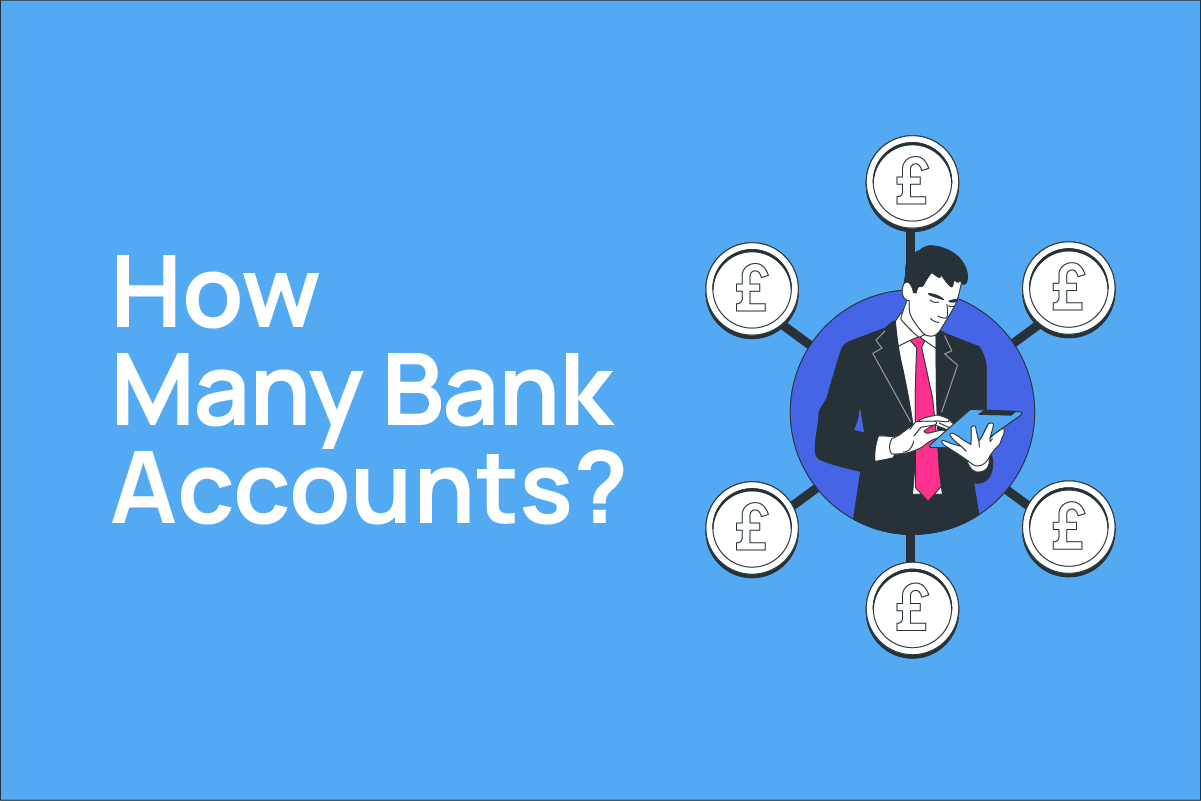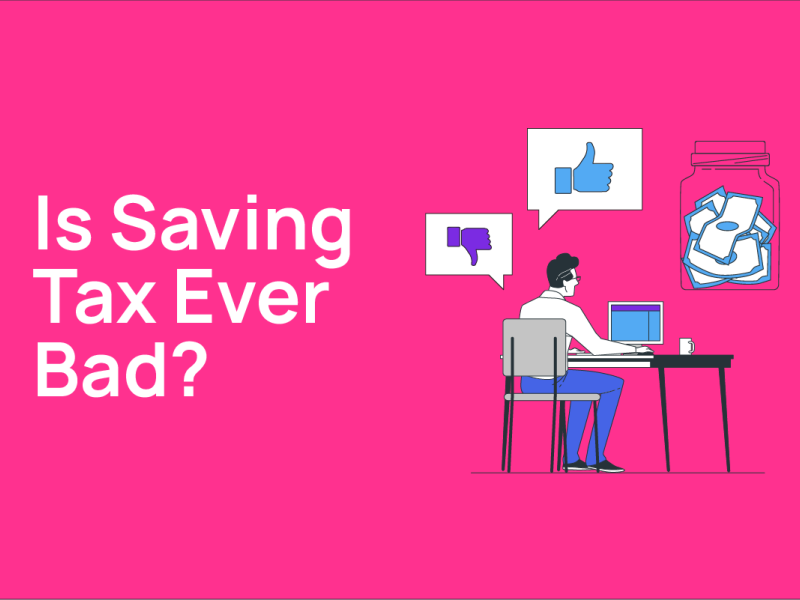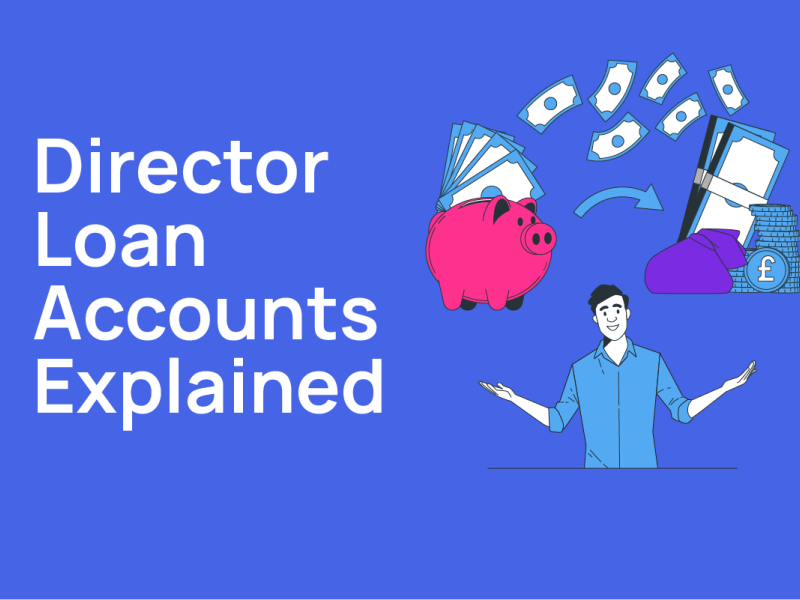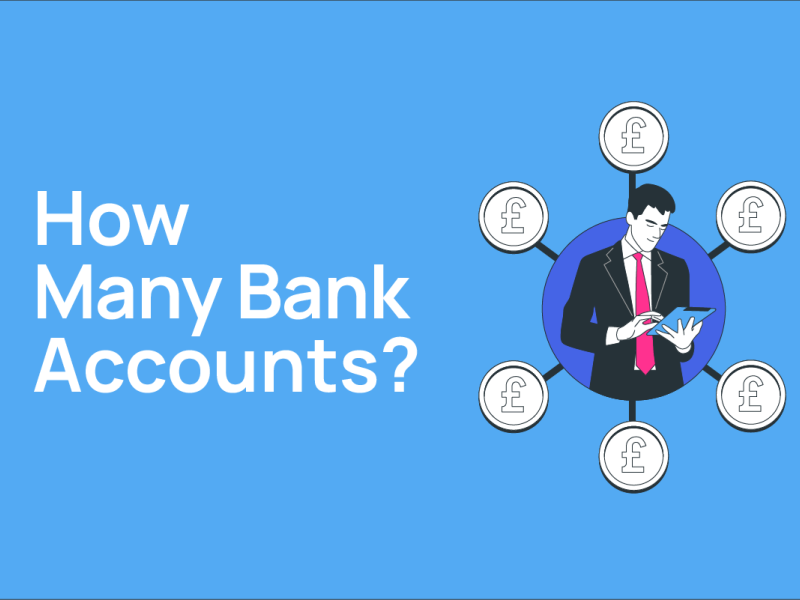4 Bank Accounts Every Small Business Owner Needs
-
Richard Jackson - 14/10/2025

How Many Bank Accounts Does a Small Business Really Need?
Managing your business finances doesn’t have to be complicated, but it does need to be structured. One of the simplest and most effective ways to take control of your company’s cash flow is by using multiple bank accounts, not too many, just enough to give each part of your finances a clear and specific purpose.
Most business owners start with a main company bank account for income and expenses. You’ll also already have a personal current account, and probably a personal savings account too. But if you really want to stay ahead of the game, reduce stress and avoid surprises, here’s how to structure your finances with purpose.
You’ll need a minimum of three company bank accounts (plus any additional currency accounts, if required), and one personal tax savings account.
Let’s break them down.
- Main Company Bank Account – Your Operating Hub
Every limited company needs a dedicated bank account for its day-to-day operations. This is where all trading income is received and all regular payments, such as supplier invoices, staff wages, subscriptions and software costs, are made.
However, it’s not wise to keep all your business funds in this one account. Having everything in a single pot makes it harder to understand what cash is truly available for reinvestment, profit extraction or future tax obligations.
Quick Tip: Aim to maintain a buffer of at least 3 to 6 months’ worth of business overheads in your main account. This provides a financial safety net during periods of low income or unexpected events like illness, economic shifts or late payments from clients.
- Company Tax Account – Plan Ahead for Peace of Mind
One of the smartest habits a business owner can develop is separating money owed to HMRC from operational cash. That’s where the Company Tax Account comes in.
Each month, transfer an amount into this dedicated account to cover taxes such as Corporation Tax and VAT. By doing so, you achieve two important things:
- Preparedness – You’re never caught off guard when your tax bills are due. The funds are already set aside and ready.
- Psychological benefit – When the money is no longer sitting in your main account, you stop thinking of it as yours, which makes paying your tax bill far less painful.
If you're using accounting software like QuickBooks, it's even easier to manage this process. Your Profit and Loss report can give you a rough estimate of your Corporation Tax based on your monthly profits, and the VAT centre tracks your VAT liability in real time, helping you set aside the correct amounts without guesswork.
Added Bonus: If your accountant manages to reduce your Corporation Tax bill by year-end, the surplus funds in your tax account are freed up. You can then reallocate this money for investment, growth or retained profits, a small win that feels tangible.
- Company Profit Account – The fun one!
Once you’ve covered your day-to-day expenses and set aside money for tax, it’s time to focus on building your company’s future, and your own. That’s where the Company Profit Account comes in.
This account is used to hold surplus funds, that is, any amount above your minimum buffer (e.g. 6 months’ running costs) in your main business account. Once you’ve transferred out your tax obligations and ensured you're financially covered, move the excess into this account.
You can then use these funds for:
- Paying dividends to yourself as a director or shareholder
- Investing in your business, whether that's hiring, equipment, marketing or new markets
- Contributing to your pension, building long-term personal wealth in a tax-efficient way
Some business owners opt to hold this account as a money market account to earn higher interest while they decide how best to deploy the funds.
This is your account. It reflects the true financial strength of your business, and it’s the balance we want to see grow.
- Personal Tax Savings Account – Your Self-Assessment Safety Net
If you do nothing else after reading this article, please make sure you set up this one account.
The most common and costly mistake founders make is failing to plan for the tax due on dividends. It’s an easy error, but one that can create a financial headache when your personal tax bill lands on 31st January.
Here’s the problem. Many business owners transfer dividends straight from their company account into their personal current account, treating it as spending money. That’s a rookie error. It leaves no allowance for the tax that will be due under self-assessment, and come tax time, it hurts.
The fix is simple:
- Open a separate Personal Tax Savings Account in your name.
- Each time you pay yourself a dividend, transfer the full amount into this savings account first.
- Then, calculate the tax on your dividend — usually 8.75% or 33.75%, depending on your income bracket (your accountant can advise you).
- Leave the tax amount in the savings account, and transfer only the net dividend into your personal current account.
This one small habit means you'll always have the funds ready to cover your personal tax bill, no last-minute scrambles or surprises.
Final Thoughts – Structure Brings Clarity
With just three business accounts and one personal savings account, you can take full control of your business and personal finances:
- Main Company Account – Handles your day-to-day operations.
- Company Tax Account – Holds funds for Corporation Tax and VAT.
- Company Profit Account – Your space for dividends, growth or investment.
- Personal Tax Savings Account – Prepares you for self-assessment with no stress.
Setting these up takes less than a few hours, but the impact is long-lasting. Financial clarity, peace of mind and smarter decision-making start with this very simple structure.
Download our Free Guide
4 Costly Mistakes Business Owners Make with Dividends
Imagine paying dividends for years, thinking you're doing everything right. But then, one day, you discover you've made a costly mistake that could ruin your business. A mistake that could have been avoided.
Don't let this happen to you. Learn the 4 common dividend errors that can destroy your business - and how to prevent them.



